VFX204 Lamborghini Project Compositing & Integration
Release date:2017, December
Author:Simon Rafin
Skill level:Intermediate
Language:English
Exercise files:Yes
In this Nuke compositing course, Simon Rafin goes through the entire process of integrating the Lamborghini rendered in Charles Chorein’s VFX203 course into the plate. A significant portion of this course is dedicated to blending CGI shadows with plate shadows in an efficient, versatile setup that gives you plenty of latitude to grade and adjust shadows the way you see fit.
Simon relies on production proven techniques that can be adapted to any shot, like general workflow rules, grain matching, chromatic aberration setup, using AOVs to breakup the CGI elements, or using alembics to create mattes as needed.
He focuses on obtaining a fast, controllable result that allows the user to get the shot ready for supervisor/client review.
CLASS 1: BASIC SCENE SETUP
We start by the very basic setup of the scene: We import our elements, we prepare the color workspace, and start laying out the script to be clear and understandable.
CLASS 2: SHADOWS, PART 1
We begin working on the shadows. We will use a projection setup to in remove the shadows from the plate so that we can then introduce the CGI shadow of the car.
CLASS 3: SHADOWS, PART 2
In this second part, we create the opposite patch, where we extend the natural shadows of the plate, to allow us to keep as much color and brightness informations we can from the original shadows. We then combine both patches as well as the shadows and occlusion passes and combine them with the plate.
CLASS 4: CAR COMPOSITING: GRADING
Here we start compositing the car. We will talk about matching black levels using an animated curve, we will create a small setup allowing us to grade the contribution of the sun on the car, and will create some overall grading nodes to integrate the car in the plate
CLASS 5: CAR COMPOSITING: LENS EFFECTS
Compositing on plates requires to match the physical qualities of the lens, sometimes these lenses can be very clean and artifact free, sometimes they can heavily affect the image. In this example I create chromatic aberration, apply softness to the CGI, talk about subtle lens hazing.
CLASS 6: GRAIN TECHNIQUES
Part 2. This short video is dedicated to grain. I will show one simple and quick technique to match grain.
CLASS 7: ADDING VARIATIONS FOR REALISM
Directors or supervisors often realize they want to introduce more variations on their CGI elements to help with some areas of too great simplicity. In this video I use AOVs and alembics to generate mattes to add those variations.
CLASS 8: CAR HEADLIGHTS
The car needs to have its lights turned on and the lighter is no longer available ? In this example we take some creative steps forward and generate mattes, create headlights for our car.
CLASS 9: HEADLIGHT FLARES
In this setup we create a simple flaring setup to flare up the headlights. The modularity of nodal workflow makes this setup reusable and very easily modifiable.
CLASS 10: TECH CHECKS
A small round of tech checks for this shot, where we go back to some of the adjustments we made previously to refine the final result.
CLASS 11: WRAP-UP
Final wrap up, recap of the class.



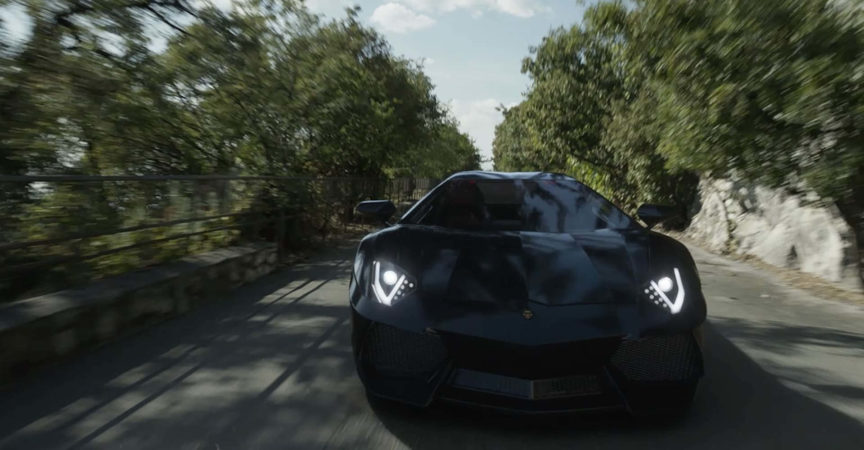

 Channel
Channel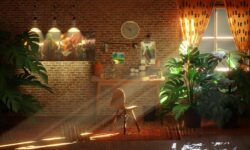
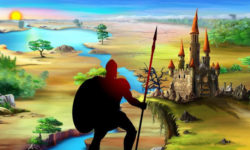
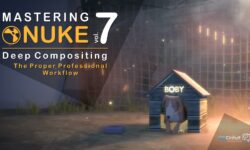
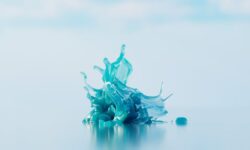
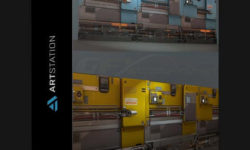
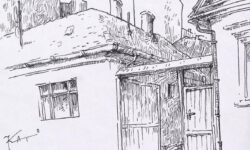

Incomplete Project Files… the Bg Video files missing…so
it is all what we have
no background video in project files